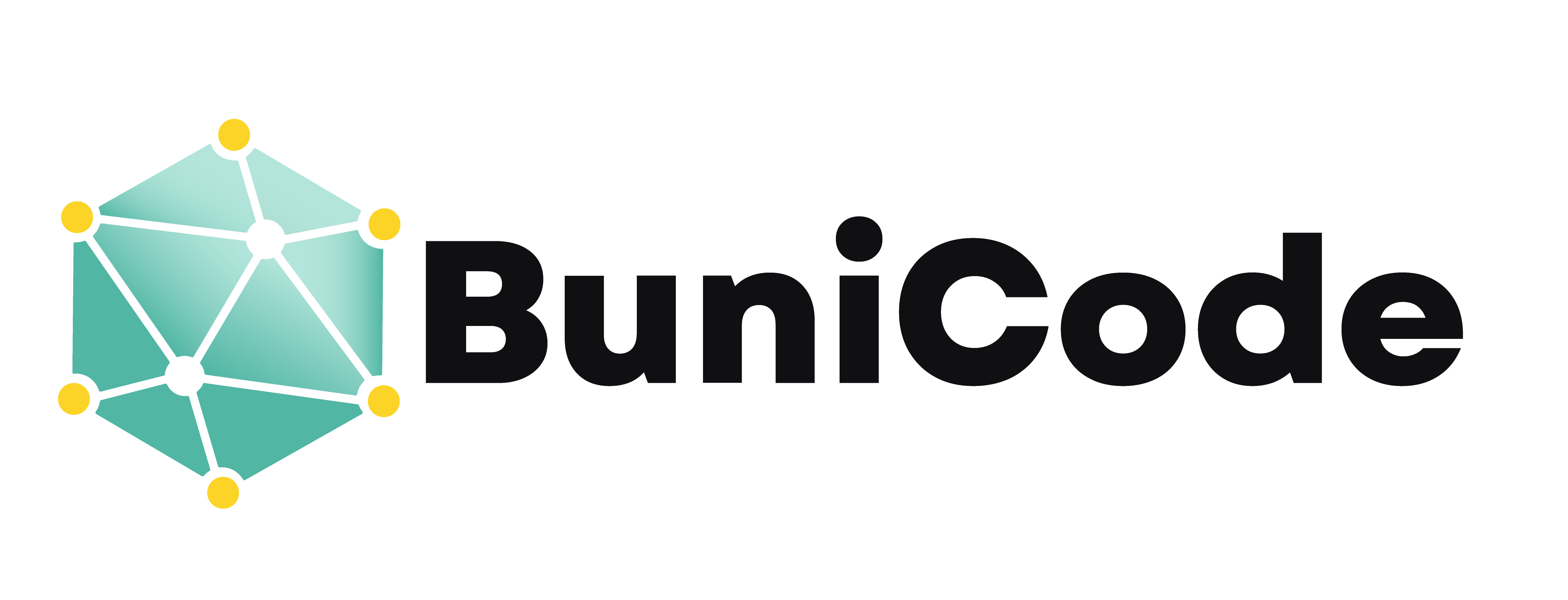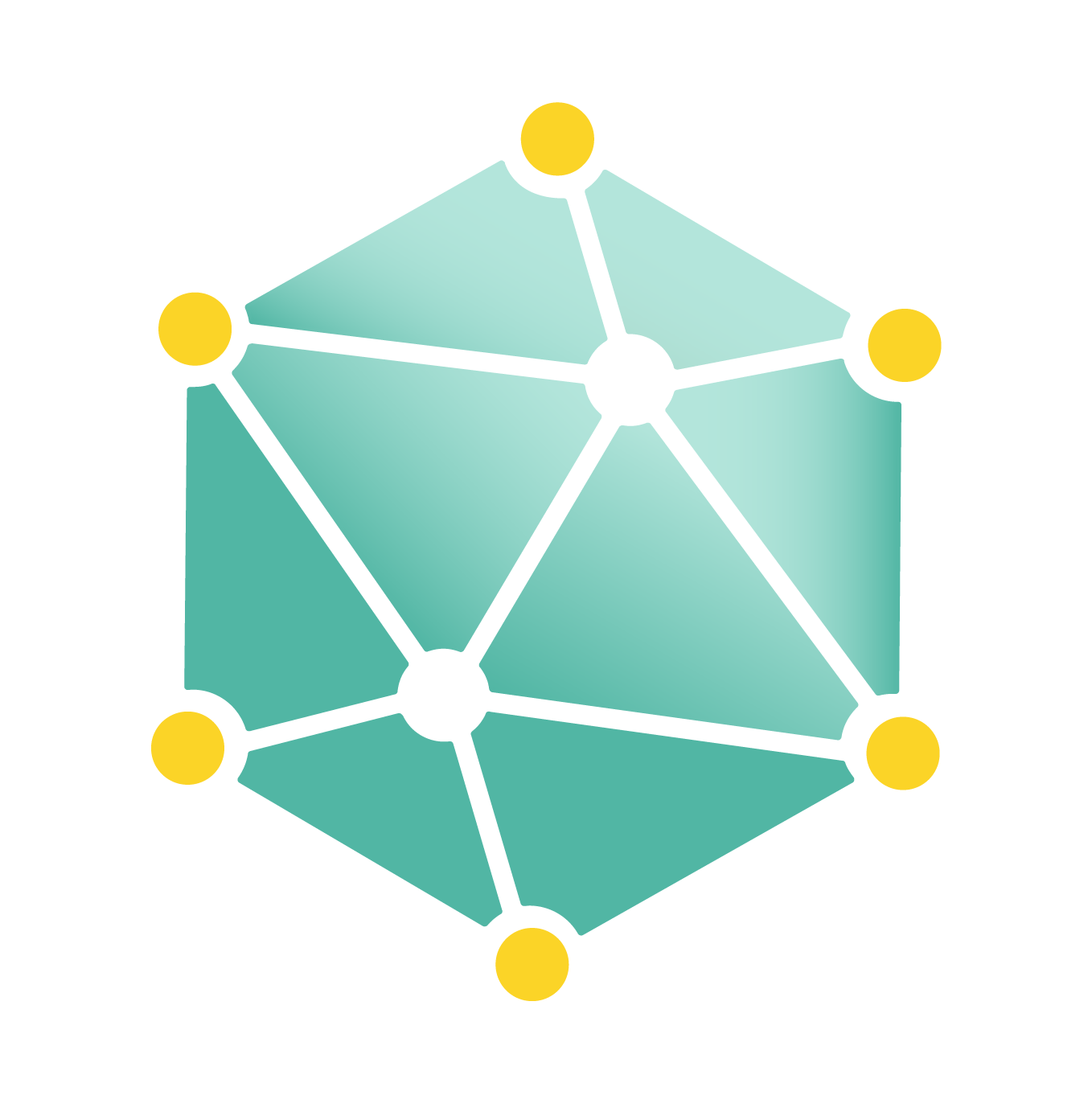
When you hear the title software application developer, you might picture someone in a hoodie, typing code at lightning speed in a dimly lit room.
Sure, developers do write a lot of code—but their job is much more than just code and coffee.
So, what does a software application developer actually do every day? What keeps them busy between those lines of code and constant keyboard clatter?
Let’s take a fun and clear look at the daily tasks, responsibilities, and real-world impact of software application developers—without any tech jargon overload.
1. Writing Code… but That’s Just the Beginning
Yes, coding is a core part of a software application developer’s day. But it’s not the only thing they do.
Developers use programming languages like Python, Java, C#, or JavaScript to build apps that solve real problems. These apps could be anything from mobile games and productivity tools to banking platforms and healthcare software.
But writing code is more than just typing—it’s about thinking logically, solving problems creatively, and turning user needs into working features.
For example, if a user wants to sort their tasks by deadline in a to-do app, the developer needs to write code that actually makes that happen behind the scenes—clean, functional, and bug-free.
🔍 Interested in what languages developers use most? Check out this helpful Stack Overflow Developer Survey (external link) for insights.
2. Fixing Bugs (AKA Playing Digital Detective)
Even the best developers make mistakes. That’s why a big part of any software application developer’s job is debugging.
Bugs are those pesky little issues that cause features to break, slow things down, or behave weirdly. A button that doesn’t respond, a login that fails, or a mobile app that crashes—yep, those are bugs.
Finding and fixing them takes patience, logic, and sometimes a sixth sense for tracking down the tiniest typo that’s causing a major headache.
Developers use debugging tools and logs to investigate problems, fix the code, and make sure everything runs smoothly again. It’s like being a digital detective—and yes, it can be incredibly satisfying when you finally squash that bug that’s been hiding all day.
3. Collaborating with Teams (Developers Don’t Work Alone!)
Despite the myth of the solo coder in a dark basement, software application developers work in teams—sometimes large, sometimes small, but rarely alone.
They collaborate with:
- Project managers to stay on track with deadlines
- UI/UX designers to create user-friendly interfaces
- Testers (QA engineers) to make sure features work perfectly
- Other developers to share knowledge, review code, and build better systems
Communication is a big part of the job. Developers attend daily stand-up meetings, plan tasks in Agile sprints, and work together to bring the project vision to life.
Teamwork makes the dream work—and in software development, this couldn’t be more true.
4. Reviewing and Refactoring Code
Writing code is one thing. Making it clean, efficient, and easy to maintain is another. That’s why developers also spend time reviewing and refactoring code.
Code review means checking each other’s work to catch bugs, suggest improvements, and ensure consistency in style and structure.
Refactoring means rewriting parts of the code to make it simpler, faster, or more readable—without changing what it does.
Think of it like organizing your closet. Everything still fits, but now it’s easier to find what you need, and it just looks better.
Good code is like good writing—it’s not just about what you say but how you say it.
5. Testing Applications (Yes, Again!)
Before new features go live, they need to be tested. And guess what? Software application developers are often involved in this too.
They write unit tests to check if individual parts of the code work correctly. They also do integration testing to make sure everything works together as expected.
Automated testing tools help run tests quickly and efficiently, so developers can catch problems before users ever see them.
Testing might sound boring, but it’s actually one of the most important steps in making high-quality software. After all, nobody wants to use an app that crashes every two minutes!
6. Learning New Tools and Technologies
Technology changes fast—sometimes faster than your coffee cools down.
That’s why software application developers spend time learning new languages, frameworks, libraries, and tools to stay sharp and competitive in the industry.
Whether it’s exploring new JavaScript frameworks, mastering cloud services like AWS, or attending a webinar on AI, developers never stop learning.
The best developers know that growth is part of the job—and it’s what makes this career exciting and future-proof.
🔗 Check out this beginner-friendly Introduction to Cloud Development by IBM on Coursera to explore modern tools.
7. Communicating With Clients or End Users
Sometimes, developers get to talk directly with clients or end users to understand their needs better.
This is especially true in smaller teams or freelance projects, where communication plays a key role in delivering a successful product.
Understanding the end user’s pain points, preferences, and feedback helps developers build apps that are not only functional but truly helpful.
So yes, even though developers work with code, they also work with people—and that human side is what keeps software meaningful.
8. Updating and Maintaining Existing Applications
Software doesn’t just stop after launch. A huge part of a software application developer’s job is maintaining and updating existing software.
This includes:
- Adding new features based on user feedback
- Improving performance or speed
- Updating compatibility for new devices or browsers
- Patching security vulnerabilities
Good software is always evolving—and developers are the ones who keep it fresh and relevant.
Final Thoughts: A Day in the Life is Never Boring
So now you know—being a software application developer involves much more than just writing code.
From brainstorming ideas and collaborating with teams to debugging bugs and learning new tech, every day brings new challenges and opportunities.
It’s a career where creativity meets logic, and you get to build things that actually make people’s lives easier.
💡 Thinking about becoming a software application developer? Start small, stay curious, and enjoy the journey—one keystroke at a time.
📌 Want more real-world insights into developer life and career tips? Visit our Software Development Learning Hub (internal link) for more helpful guides.



